When you sketch, you're doing more than just making marks on paper – you're activating multiple areas of your brain that enhance emotional and cognitive processing. The act of drawing releases feel-good chemicals like dopamine and serotonin while strengthening your frontal lobe's ability to regulate emotions and solve problems. Whether you use simple pencil strokes or explore with watercolors, the physical movement of creating art can help release difficult feelings, reduce stress, and build resilience. You don't need fancy supplies or artistic skill to start healing through art – just paper, basic tools, and willingness to explore your emotions. There's a whole world of therapeutic benefits waiting in those first simple strokes.
The Science Behind Art Therapy
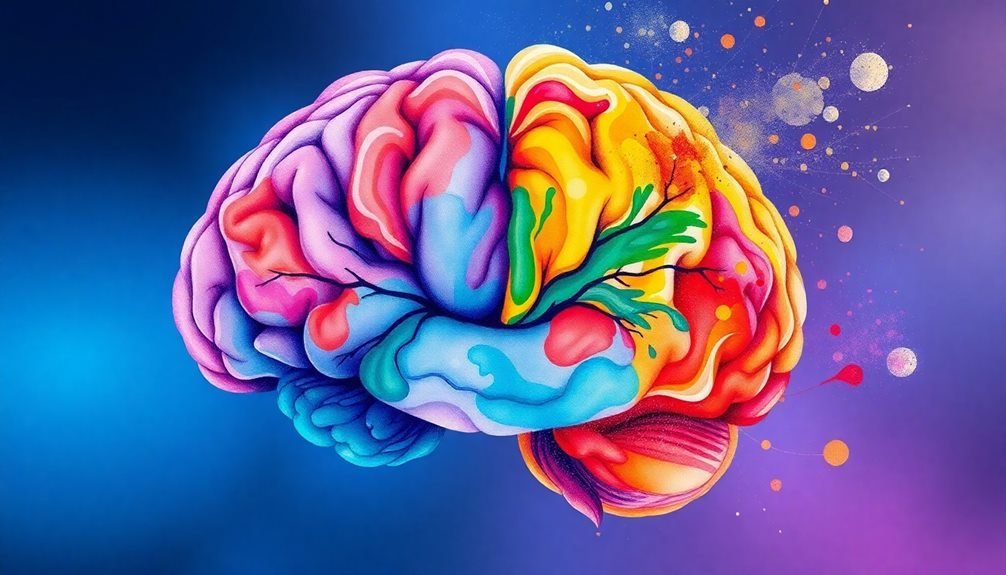
Research shows that creating art triggers multiple areas of the brain simultaneously, activating both emotional and cognitive processes. When you're engaged in artistic activities, your brain releases dopamine and serotonin – neurotransmitters associated with pleasure and well-being. This chemical response helps reduce stress hormones like cortisol, leading to a more relaxed state.
You'll experience increased activity in your frontal lobe while making artistic decisions, which strengthens problem-solving abilities and emotional regulation. The act of creating art also engages your motor cortex, improving hand-eye coordination and fine motor skills.
Brain scans reveal that art therapy activates the reward center in your brain, similar to the response you'd get from exercise or listening to music.
Studies indicate that regular art therapy sessions can strengthen neural pathways associated with emotional processing and memory formation. When you're drawing or painting, you're using both hemispheres of your brain – the logical left side for planning and execution, and the creative right side for imagination and emotional expression.
This bilateral stimulation helps integrate traumatic memories and process complex emotions more effectively.
Getting Started With Simple Sketches
Beginning your art therapy journey doesn't require expensive materials or advanced skills. All you'll need is paper, a pencil, and willingness to explore your emotions through simple marks on a page. Start by finding a quiet space where you won't be interrupted for at least 15 minutes.
Try these basic exercises to ease into artistic expression: Draw continuous lines without lifting your pencil while focusing on your breathing, create simple shapes that represent your current emotions, or sketch basic objects from your immediate environment. Don't worry about perfection – your drawings don't need to look realistic or polished.
If you're feeling stuck, begin with a mood chart: Draw circles and fill them with patterns that match your emotional state. You can also try automatic drawing, where you move your pencil across the paper without planning, letting your subconscious guide your hand.
Keep a small sketchbook handy for moments when emotions feel overwhelming. Remember to date your sketches and jot down brief notes about your feelings during the drawing process. This documentation helps track your emotional patterns and progress over time.
Essential Tools For Therapeutic Drawing
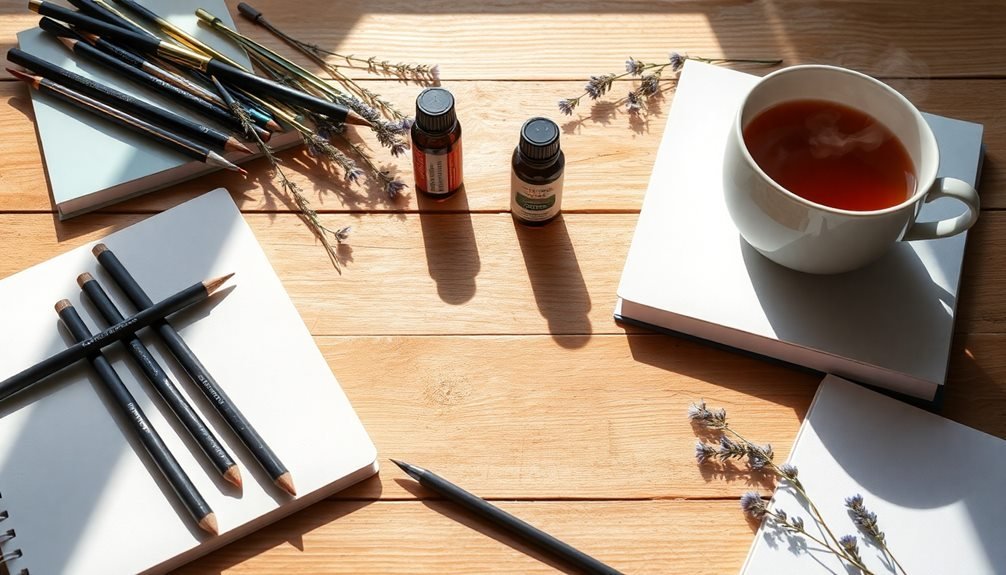
A well-stocked art therapy toolkit empowers you to express your emotions effectively. You'll need a variety of pencils (2B, 4B, and 6B), quality drawing paper, and a set of erasers including both kneaded and rubber types. These basics allow you to create different line weights and textures that reflect your emotional state.
Include colored pencils and oil pastels to explore your feelings through color. You'll find that warm colors like red and orange can express intense emotions, while cool blues and greens often reflect calmer states. A small set of watercolors with brushes can help you create fluid, expressive pieces when you're working through complex emotions.
Don't forget practical items like a pencil sharpener, ruler, and drawing board. A portfolio or large envelope keeps your therapeutic artwork organized and protected.
You might also want to add comfort items like a small cushion to sit on and a desk lamp for proper lighting. Store everything in a dedicated art box or bag that you can easily access whenever you need emotional release through creative expression.
Creating Your Sacred Drawing Space
Every successful art therapy practice needs a dedicated space where you can fully express yourself without interruption. Choose a quiet corner of your home where you won't be disturbed, and transform it into your personal artistic sanctuary.
You'll want good lighting – preferably natural light during daytime hours – and a comfortable chair or cushion that supports proper posture.
Set up a sturdy table or desk that's large enough to accommodate your art materials and sketchbook. Keep your supplies organized in easily accessible containers, and consider using a rolling cart if you need mobility. Don't forget to protect your work surface with a washable mat or old newspaper.
Add elements that help you feel calm and focused: perhaps some plants, a small water fountain, or peaceful artwork on nearby walls. Control the room's temperature and ventilation to maintain comfort during your practice.
You might also want to include a meditation cushion or yoga mat for pre-drawing mindfulness exercises. Install adequate task lighting for evening sessions, and consider using noise-canceling headphones if you live in a busy household or noisy area.
Daily Sketching Habits That Heal
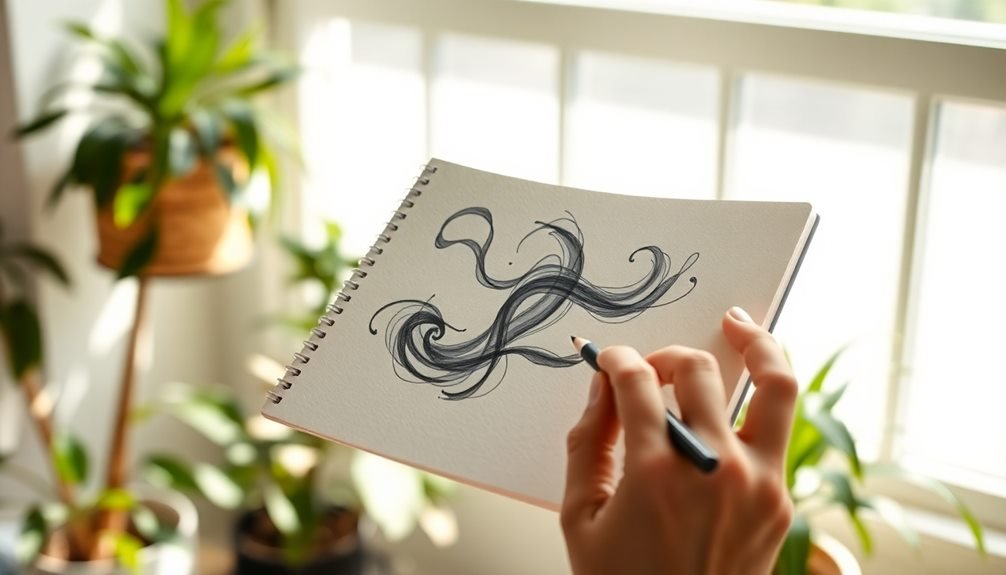
Regular sketching rituals can become powerful tools for emotional healing when practiced with intention. By dedicating just 15 minutes each morning to free-form drawing, you'll create a crucial emotional outlet before the day's stresses take hold.
Start with simple circle drawings or continuous line art to warm up your hand and quiet your mind. When you're ready, let your emotions guide your pencil – use bold strokes for anger, soft curves for sadness, or vibrant colors for joy. Don't judge your work; focus on the process rather than the result.
Keep a small sketchbook with you throughout the day for emotional check-ins. When you feel overwhelmed, take five minutes to draw what you're feeling. Use different textures and patterns to represent complex emotions you can't put into words.
End your day with a gratitude sketch – draw three things that brought you peace or joy. This practice helps reframe negative thoughts and creates a visual journal of your healing journey.
Remember to date your sketches so you can track your emotional patterns and progress over time.
Processing Emotions Through Lines
When you're struggling with difficult emotions, putting pen to paper can release inner turmoil through the simple act of drawing lines and shapes.
You'll notice your hand naturally mirrors your emotional state – creating jagged marks when angry or flowing curves when calm.
Through repeated practice, you'll develop your own visual vocabulary to express feelings that words can't capture.
Releasing Pain Through Drawing
Drawing lines can serve as a powerful outlet for releasing emotional pain and inner turmoil. When you're feeling overwhelmed, grab your sketchbook and let your emotions guide your hand. Don't worry about creating perfect art – focus on expressing what's inside.
Your drawing strokes can mirror your emotional state. Sharp, jagged lines might represent anger or frustration, while soft, flowing curves often reflect calm or sadness. As you draw, you'll notice your breathing naturally adjusts to match your movement, creating a therapeutic rhythm.
| Emotion | Drawing Technique |
|---|---|
| Anger | Sharp zigzags, heavy pressure |
| Sadness | Flowing curves, light touch |
| Anxiety | Scattered, quick strokes |
| Fear | Dark, overlapping lines |
Try different drawing tools to match your feelings. Thick markers can help release intense emotions, while soft pencils work well for gentle expression. You'll often find that as you continue drawing, your lines naturally transform – perhaps starting chaotic and gradually becoming more controlled, reflecting your emotional journey from distress to calm.
Motion Matches Inner State
Through mindful mark-making, your body's movements naturally sync with your emotional state. When you're anxious, your lines might become jagged and sharp, while peaceful feelings often translate into flowing, gentle curves.
This unconscious connection between motion and emotion creates an authentic visual language that bypasses the need for words.
You'll notice that different emotional states produce distinct patterns:
- Anger often emerges as heavy, dark strokes with intense pressure
- Sadness tends to flow in slow, downward curves and light, hesitant marks
- Joy expresses itself through upward sweeps and circular, bouncing movements
- Anxiety typically manifests in zigzag patterns and quick, short lines
- Contentment shows up as balanced, rhythmic strokes with moderate pressure
Visual Language Of Feelings
In art therapy, your emotions develop their own distinct visual vocabulary. When you're feeling anxious, you might find yourself drawing sharp, jagged lines that cut across the page, while peaceful moments often translate into flowing, gentle curves. Each stroke you make becomes a wordless expression of your inner landscape.
Your choice of pressure tells its own story – heavy, dark lines can reveal tension or anger, while light, feathery marks might reflect uncertainty or hope. You'll notice that different emotional states naturally guide your hand toward specific patterns: spirals for confusion, straight lines for determination, or scattered dots for fragmented thoughts.
Color becomes your emotional shorthand. You don't need to follow traditional associations – your personal color language might use red for calm instead of anger, or blue for energy rather than sadness.
As you continue to sketch, you'll recognize recurring symbols and patterns that are uniquely yours. This visual dictionary of feelings helps you track emotional patterns and process complex experiences that words alone can't capture. The page becomes your emotional mirror, reflecting back the subtle nuances of your psychological state.
Group Sketching For Mental Health
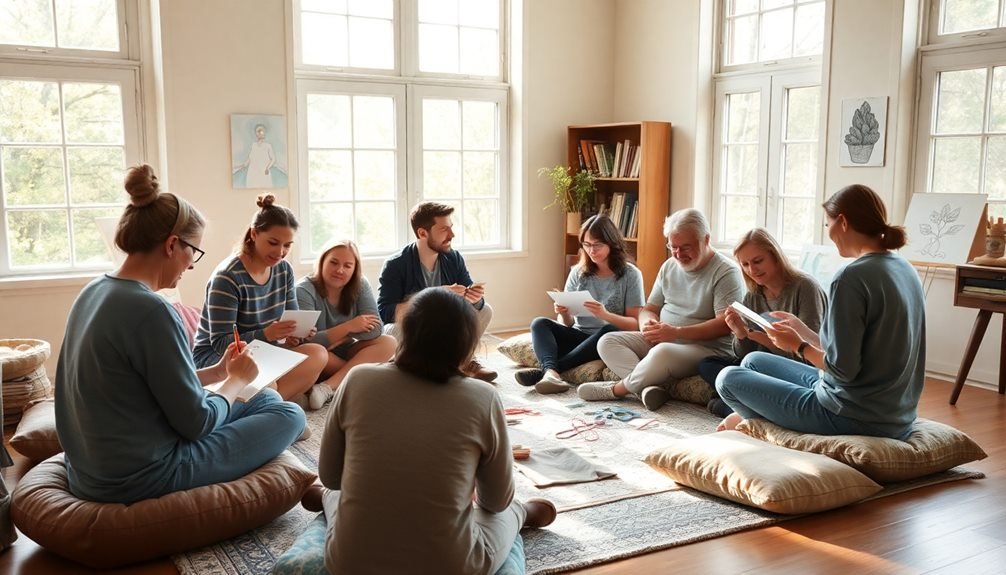
When you engage in group sketching sessions, you'll discover how creating art alongside others naturally builds meaningful social connections.
You can express your thoughts and feelings through art while witnessing others do the same, fostering a powerful sense of community and mutual understanding.
The supportive environment of group art therapy provides you with a judgment-free space where you can process emotions and heal alongside peers who share similar experiences.
Shared Creativity Builds Connection
Coming together to sketch in groups offers powerful therapeutic benefits that extend beyond individual art-making. When you're creating art alongside others, you'll experience a unique form of connection that breaks down social barriers and fosters emotional understanding.
The shared experience of making marks on paper helps you build trust and empathy with fellow participants. Group sketching creates a safe space where you don't need words to express yourself. You'll find that watching others create while you draw can inspire new perspectives and techniques in your own work. The collective creative energy often leads to breakthrough moments in emotional processing.
- Your anxiety levels decrease when you're part of a supportive artistic community
- You'll develop nonverbal communication skills through shared artistic expression
- The group dynamic helps you feel less isolated in your emotional journey
- You can learn from others' artistic interpretations of similar feelings
- Your confidence grows as you share your work in a judgment-free environment
Through group sketching, you'll discover that creativity isn't just a solo pursuit—it's a bridge that connects you with others who are also seeking emotional wellness through art.
Bonding Through Artistic Expression
Through artistic expression in group settings, you'll develop meaningful bonds that support your mental health journey. When you create art alongside others, you're sharing vulnerable moments that foster trust and understanding. You'll find that picking up a pencil or brush alongside peers creates a safe space for emotional expression without the pressure of verbal communication.
| Activity | Bonding Element | Emotional Benefit |
|---|---|---|
| Partner Drawing | Shared creativity | Builds trust |
| Group Murals | Collective vision | Develops belonging |
| Art Sharing Circle | Vulnerability | Increases empathy |
| Collaborative Collage | Joint decision-making | Strengthens connections |
Your participation in group art sessions will help you break down social barriers and form authentic connections. You'll notice that as you work on projects together, conversation flows naturally, and you'll feel more comfortable sharing your thoughts and feelings. The creative process becomes a bridge between individuals, allowing you to connect on a deeper level while expressing your inner world through colors, shapes, and textures. These shared artistic experiences create lasting bonds that continue to support your emotional wellbeing long after the art session ends.
Safe Space For Healing
Group sketching sessions create a protective sanctuary for mental health exploration and recovery. When you join an art therapy group, you'll find yourself in a judgment-free environment where expressing emotions through visual art becomes natural and therapeutic. The shared creative space allows you to process difficult feelings while connecting with others who understand your journey.
In these therapeutic settings, you don't need artistic talent to benefit from the healing process. Your art therapist will guide you through exercises designed to open emotional barriers and promote self-discovery. You'll learn to translate your thoughts into visual elements, making abstract feelings more tangible and manageable.
- The room's setup guarantees privacy and comfort, with adequate space between participants
- Art materials are carefully chosen to support various emotional expressions
- Group rules establish mutual respect and confidentiality
- Facilitators create a balanced structure of guided activity and free expression
- Natural lighting and calming colors help reduce anxiety
These safe spaces become transformative environments where you can explore your inner world without fear of criticism. The combination of artistic expression and group support creates powerful opportunities for emotional healing and personal growth.
Building Resilience Through Creative Expression
Creative expression serves as a powerful catalyst in developing emotional resilience during difficult times. When you engage in art therapy, you're building emotional muscles that help you bounce back from setbacks and process complex feelings.
Through drawing, painting, or sculpting, you'll discover inner resources you didn't know you had. Your artistic journey helps you develop problem-solving skills as you work through visual challenges.
You'll learn to adapt when your artwork doesn't turn out as planned, teaching you flexibility and acceptance. These skills transfer directly to real-life situations, making you more resilient when facing obstacles.
Art-making also strengthens your self-confidence. As you create, you'll witness your progress and capability to bring ideas to life.
You're learning to trust your instincts and make decisions independently. The more you express yourself through art, the more comfortable you'll become with uncertainty and change.
Regular creative practice becomes your emotional toolkit. You'll develop healthy coping mechanisms by channeling difficult emotions into your artwork, rather than suppressing them.
This process helps you build lasting emotional strength and adaptability that serves you well beyond the art studio.
Frequently Asked Questions
Can Art Therapy Help With Physical Pain Management?
Art therapy can help manage your physical pain by distracting your mind, reducing stress hormones, and releasing endorphins. You'll find that creative expression gives you a powerful outlet to cope with chronic discomfort.
What Age Is Too Late to Start Therapeutic Sketching?
You're never too old to start therapeutic sketching. Whether you're 25 or 85, your brain can still benefit from creative expression. It's a skill that doesn't have an age limit – start whenever you're ready.
Are There Risks or Contraindications for Certain People Doing Art Therapy?
You'll find art therapy is generally safe, but if you're dealing with severe trauma or certain mental health conditions, you should consult a therapist first. Don't push yourself if it causes emotional distress.
How Long Does It Take to See Emotional Benefits From Sketching?
You'll often notice mood improvements after just one sketching session, but consistent practice over 4-6 weeks typically delivers more lasting emotional benefits. It's highly individual though – some people feel changes sooner.
Should Therapeutic Sketching Sessions Be Supervised by Mental Health Professionals?
You don't always need supervision to benefit from therapeutic sketching, but working with an art therapist can help you process complex emotions, trauma, or mental health issues more effectively and safely.
In Summary
You've taken an important step toward emotional healing by exploring art therapy through sketching. Whether you're processing difficult feelings, reducing anxiety, or building resilience, your creative expression matters. Don't worry about artistic talent – focus on the therapeutic journey. Keep sketching daily, even for just a few minutes. You'll discover that healing flows naturally through your pencil onto the page.

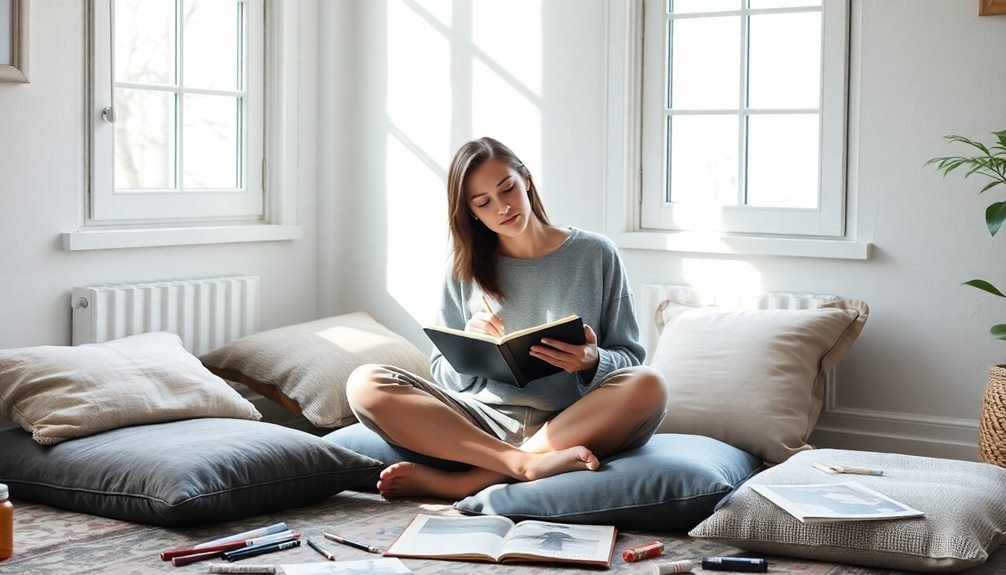
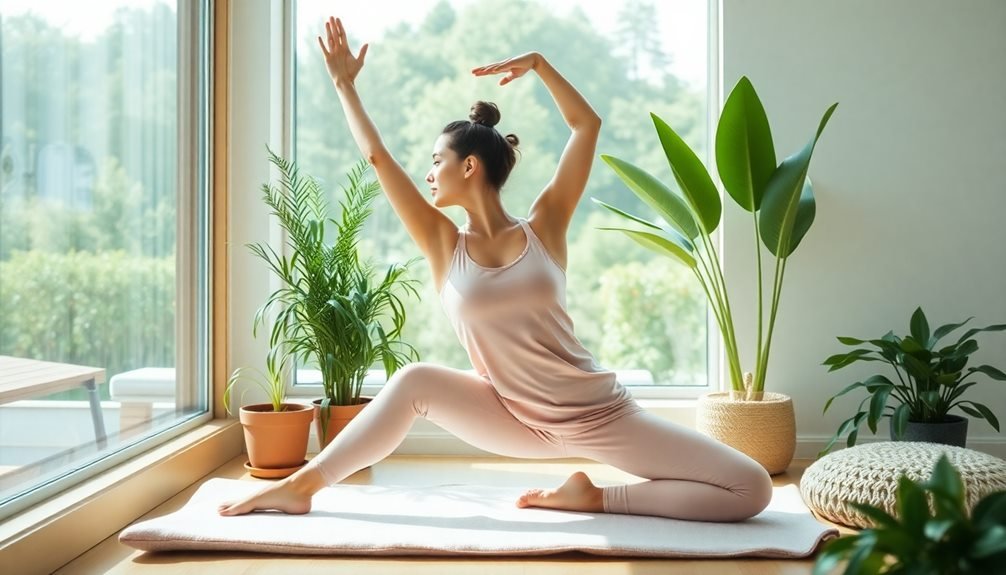
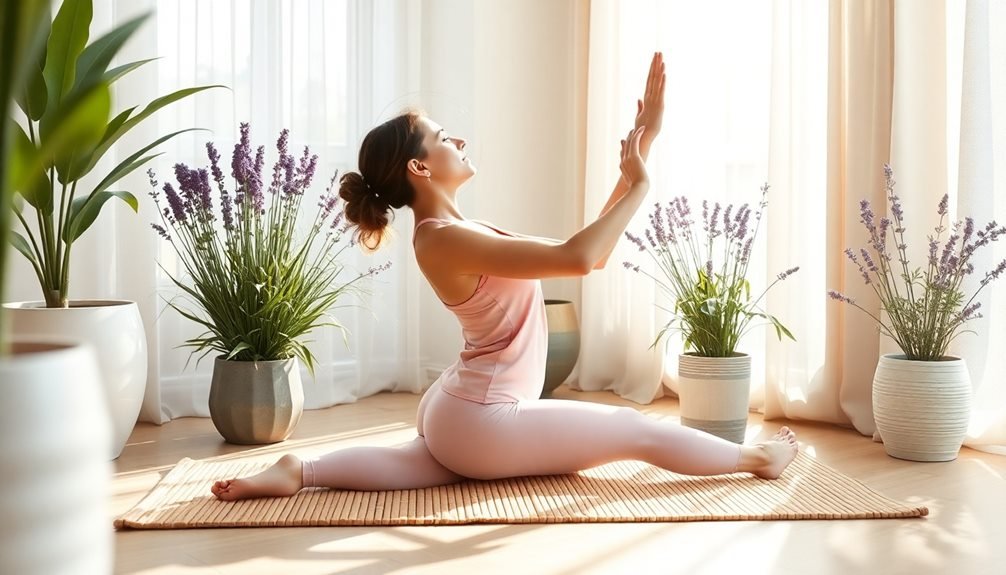
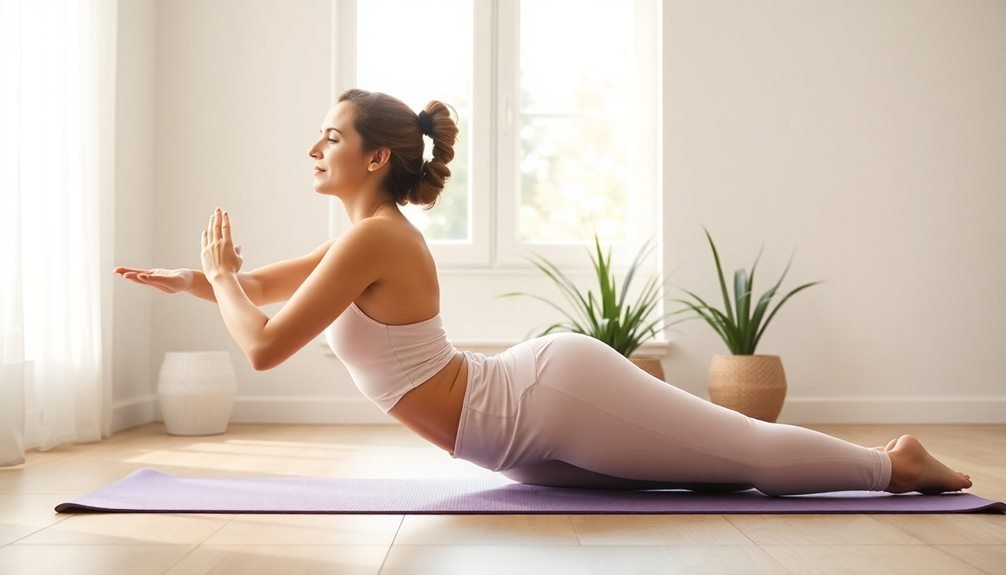
Leave a Reply